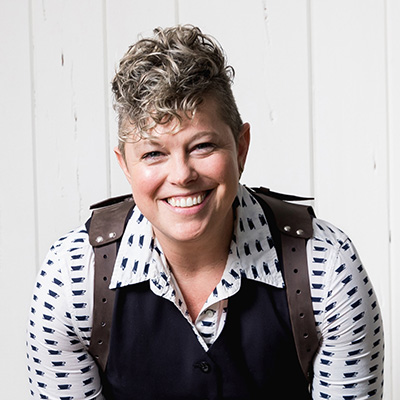Beyond segmenting clients by demographic information, geography, or service utilization, consider bucketing your existing client base into three categories of quality—Poor, Core and More—in order to grow revenue.
Last week, I attended a summit for business owners where this topic was covered in one of the breakout sessions. It seemed that most people in the room understood the basics of buyer persona development, but it took a different thought process to categorize clients by quality, or value to the business.
What Are Poor, More and Core Clients?
Poor clients have little to do with money—except when it comes to profitability. The clients that fall into this category drain all of your resources. Something isn’t working well because there’s misalignment with communication, expectations, respect, or a combination thereof. These are the clients you spend more time servicing and more time complaining about. You know who they are!
Core clients are the ones that generally pay on time but don’t have the biggest budgets. They’re good people and you like working with them, but the work itself doesn’t entirely feed the soul, and you do need to stay on top of them to prevent scope creep. Maintaining healthy profit margins on these is a task, yet they represent your majority.
More clients pay in advance, are incredible to work with, value your expertise (allow your team to be the trusted advisors they’ve hired), return over and over again (or have you on a retainer), have the meatiest profit margins, and have referred others like them. If you had 10 more clients like these, life would be a dream. Not to mention, your team is proud of the work they do for your More clients, which is showcased on your website.
Converting Upwards
It may be time to have a serious conversation with your Poor clients. If you cannot engage them in a dialogue where they begin to see you as human (and running a business, not a charity), there is always the option of letting them go. If you’re not honest and willing to walk away, you’ll likely be dealing with them for a long time.
Now, taking a Poor client to a Core client isn’t impossible, but it does take some serious and sustained effort. Think of this like training for a marathon; you’ve got to get them a little farther each day—paying their invoices in 30 days instead of 60, getting them to understand that you’re not available on weekends, etc.—until they’re respectful of your team and your time.
Converting a Core client to More client is a little different. There’s a common theme in how to do this successfully, regardless of industry, and that is customer-centricity.
When you focus on adding value to your bread-and-butter clients, they’re more willing to explore additional service offerings or move from project-based to retainer accounts.
At the end of the day, it’s about adding more value than the client could have ever imagined—and that only leads to a better client, a deeper relationship, and increased retention.
In order to figure out how to do that, try this:
• Start by writing down what percentage of revenue each of your Poor, Core and More clients represents.
• Then, take your client list and place each of the company names into one of the categories and note all of the reasons why you did so.
• Jot down what actions you could take in order to convert each client upwards, and then start implementing the easiest ones first.
• Check in every other week (or whatever frequency feels right to you) and measure how things are changing with the accounts.
Getting More of the More Clients
Ideally, you want a larger number of More clients on your roster, right?
Revisit your notes on the More clients, including company names. What commonalities can you start to pull out? Is it a geographic region, annual revenue range, number of employees, number of locations, alternate fiscal year, or other special attributes that many of your More clients have in common?
Once you have the cross-section of attributes nailed down, you can turn to LinkedIn, Find The Company and other powerful online tools and databases that allow you to filter until you’ve identified a list of new prospects. Better yet, start identify a top 100 or top 250 list of prospects where you can easily make inroads or have connections—and go after those first.
By understanding what makes a client okay, good or great for your business, you can start to proactively change the ratio to weed out those that drain resources—and make more time to build relationships with those you’d like to work with long-term.



0 Comments